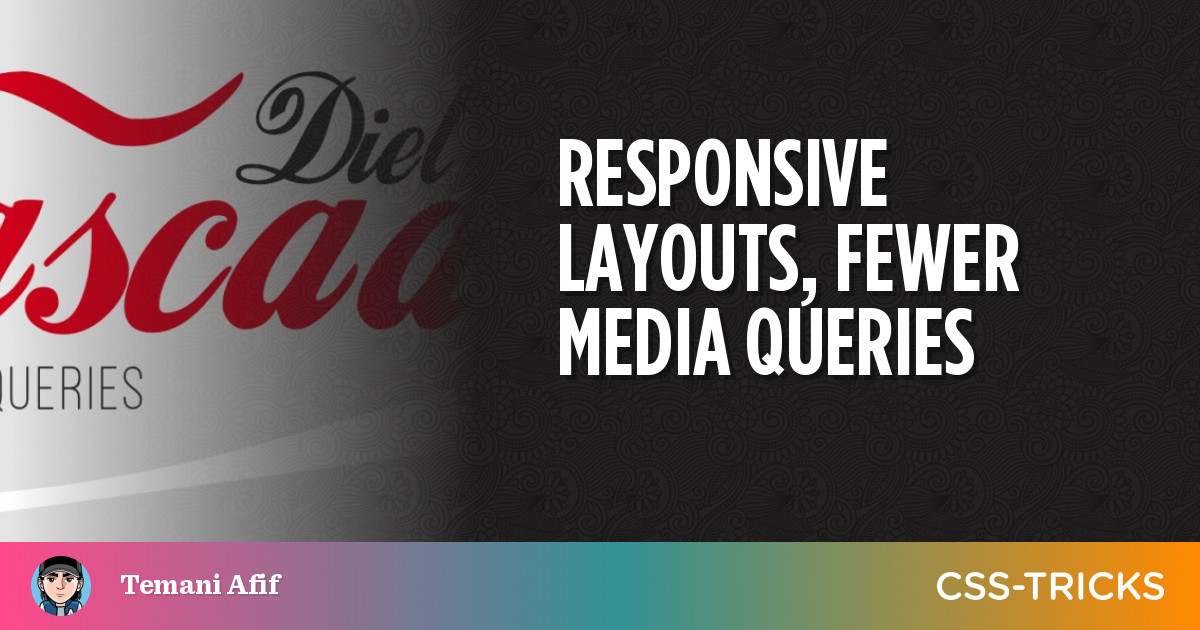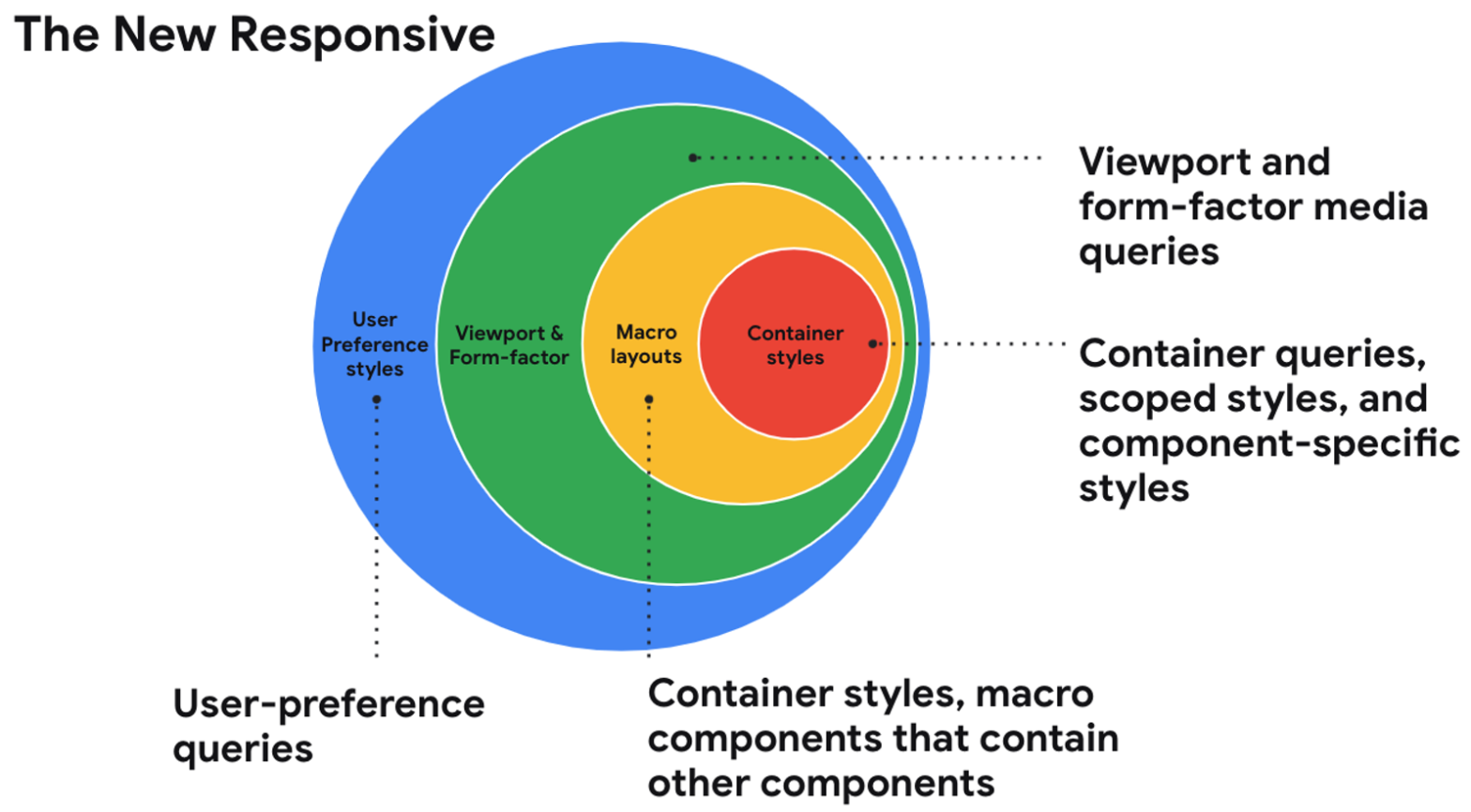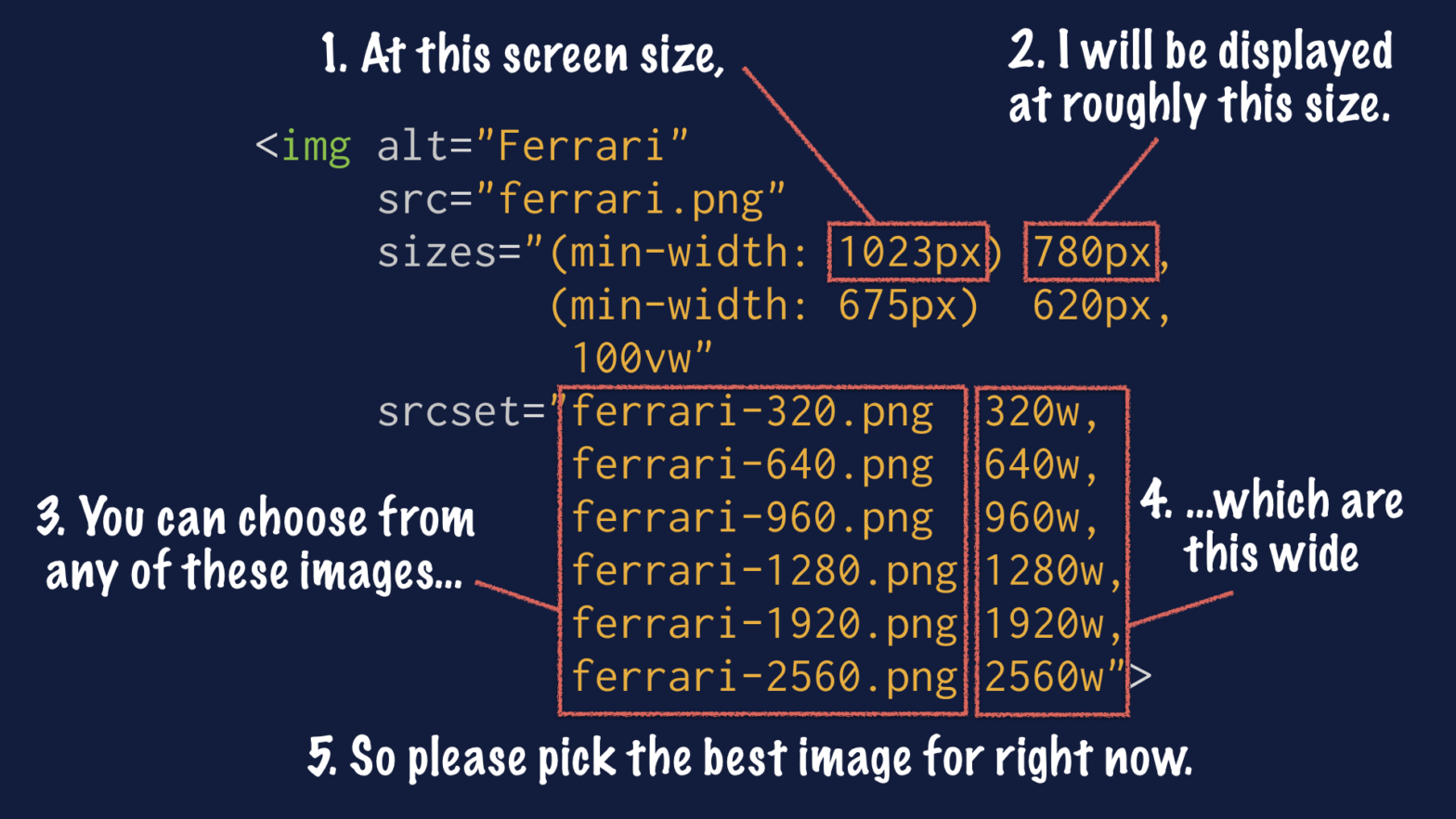
In addition to my talk “Embrace the Platform” at UX Ghent, James Gilyead and Trys Mudford from Clearleft also joined the meetup with a talk on Utopia. With Utopia you get to define the small- and large-screen layouts. All font sizes in between will be calculated by Utopia. Utopia →Meet Utopia: Designing And Building With …
Continue reading “Utopia – Elegantly scale type and space without breakpoints”





